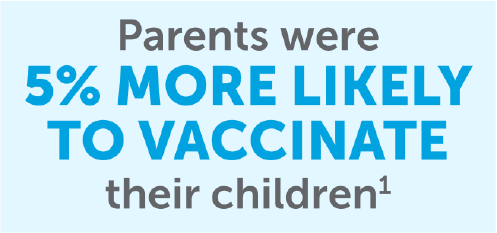
- See The 2022-23 ACIP & AAP RECOMMENDATIONS
2023-2024 ACIP & AAP Recommendations
US Consumer Site
Prescribing Information
Medical Resources
Media & Press Release
2023 Press Release For media inquiries, please contact:For US HealthCare Professionals
AstraZeneca Corporate Affairs
1800 Concord Pike Wilmington, DE 19850-5437
(302) 885-2677 - For US HealthCare Professionals
- 2023-2024 ACIP & AAP Recommendations
SEE THE 2022-23 ACIP & AAP RECOMMENDATIONS
ACIP & AAP Recommended Option
FLUMIST QUADRIVALENT is recommended as an option by the ACIP and AAP1,2
Any licensed influenza vaccine given as indicated for age and health status can be used to protect children against influenza in 2022/2023 season1,2
Administration options do not imply comparable efficacy, safety or FDA-approved indications.
Review more details about the recommendations
References:
- Grohskopf LA, Blanton LH, Ferdinands JM, et al. Prevention and control of seasonal influenza with vaccines: recommendations of the Advisory Committee on Immunization Practices — United States, 2022–23 Influenza Season. MMWR Recomm Rep. 2022;71(1):1–28.
- Committee on Infectious Diseases. Recommendations for prevention and control of influenza in children, 2022-2023 (Policy Statement). Pediatrics. 2022;150(4).
SEE THE 2022-23 ACIP & AAP RECOMMENDATIONS - US Consumer Site
- Prescribing Information
- Medical Resources
HOW TO PREBOOK/ORDER
STAY INFORMED



